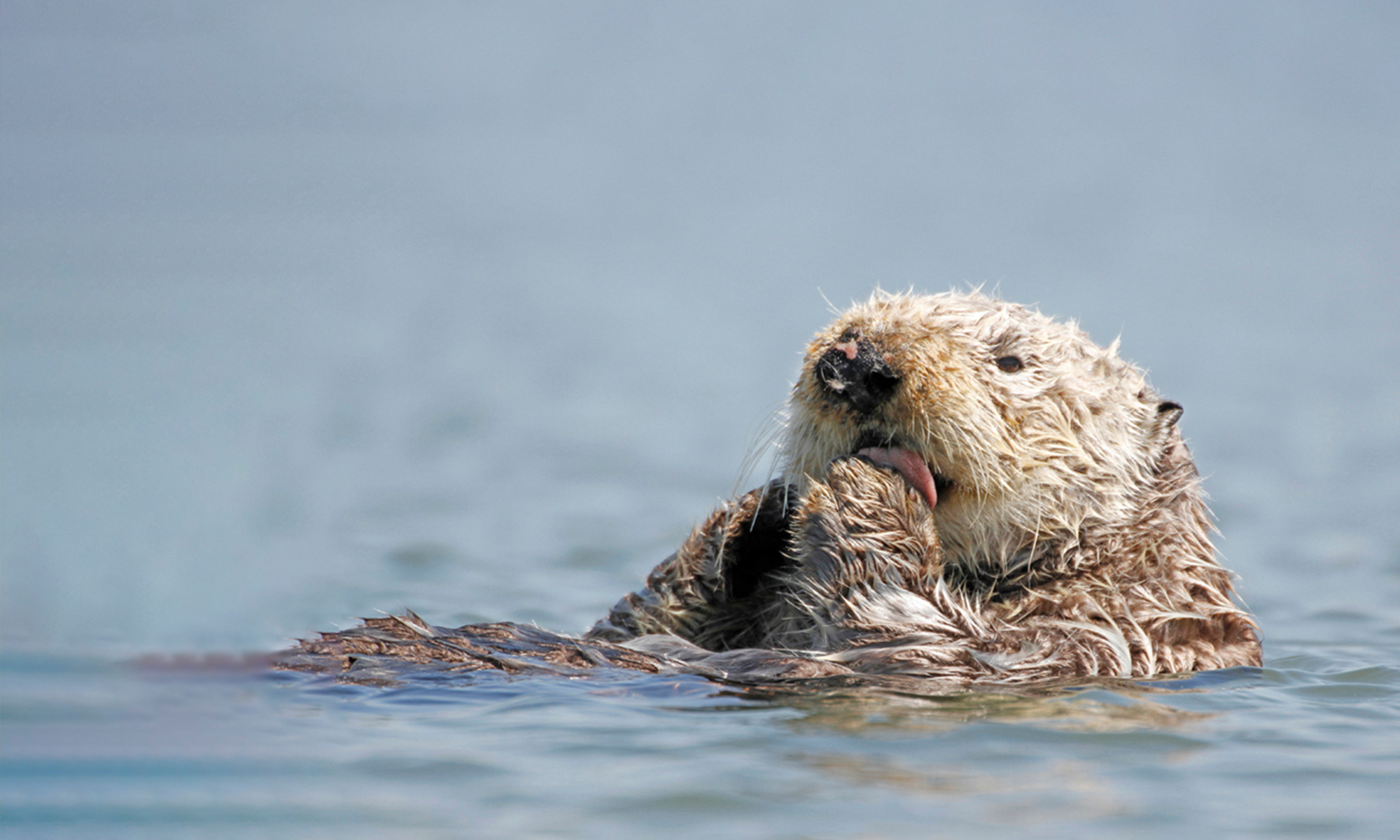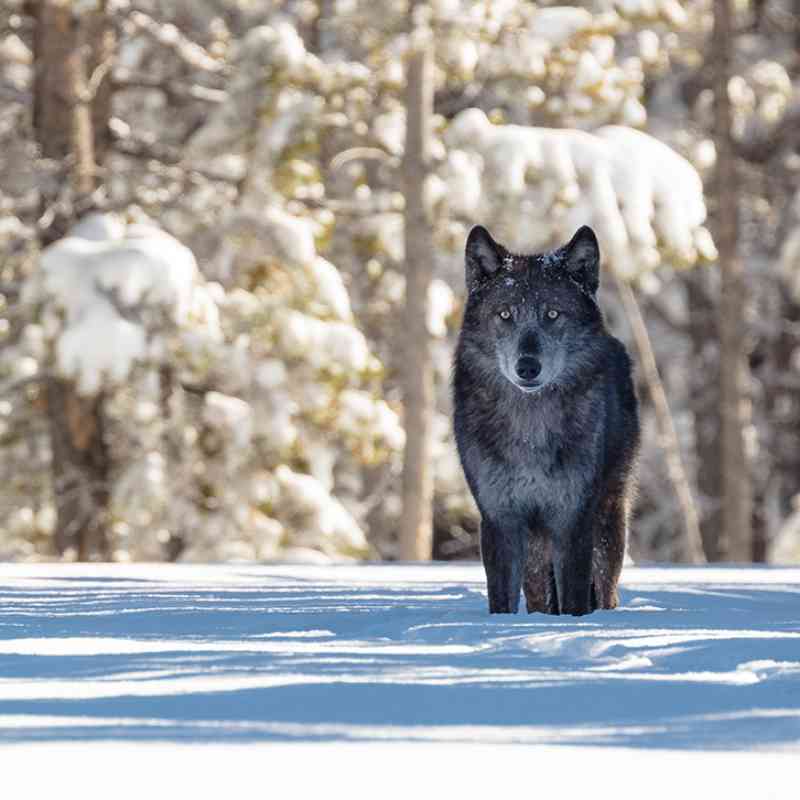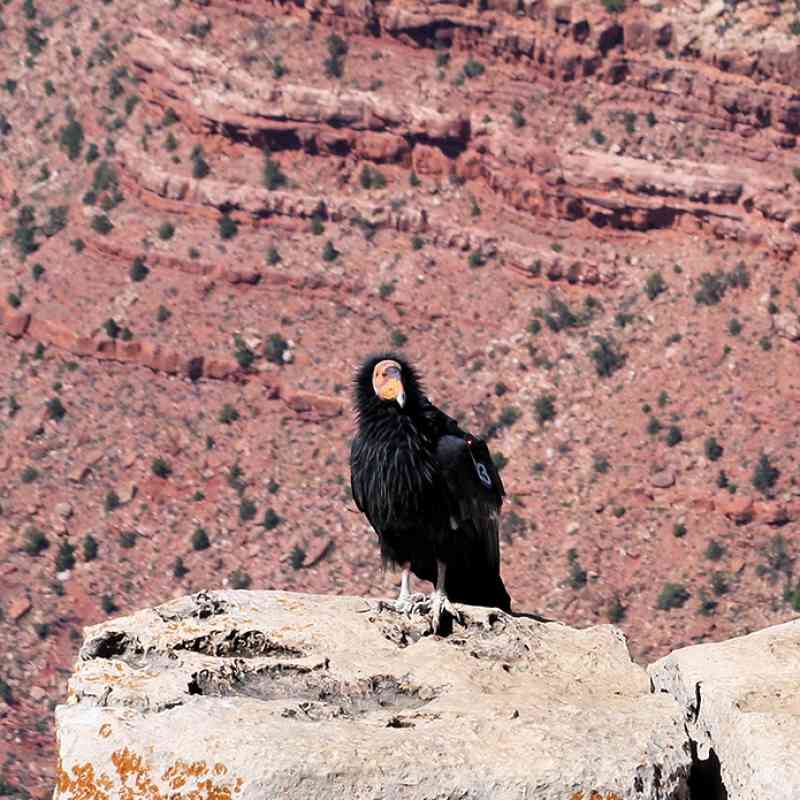Help for a Big Bird

Some 200 California condors fly free in the wild, but they are still far from home free. Lead poisoning is the leading cause of death for these slow-to-reproduce scavengers. Lead quickly accumulates in the big birds when they eat the carcasses or entrails of dead animals that have been shot with lead ammunition and left behind by hunters. This causes anemia, blindness, seizures and death. Building on Defenders’ successful 2008 campaign to ban the use of lead ammunition in condor range in California, Defenders is working to ensure the California legislature bans lead ammunition throughout the state. “Although lead ammunition is banned in the federally threatened condor’s range, current restrictions are not good enough to save the species,” says Kim Delfino, Defenders’ California program director. “The 2008 ban doesn’t apply to lead bullets used for shooting nongame species. Further, dozens of other species suffer effects of lead poisoning, so it’s high time California takes the next step to ban this long-known toxin statewide.”
For more, visit defenders.org/condor.
Safe Passage
It’s news we never want to hear—19 Florida panthers were killed on Florida highways in 2012. That’s the highest recorded number in a single year. With fewer than 160 left in a tiny portion of their historic range, Florida panthers need help to expand northward back into their former homeland. Defenders is working to ensure that new highways do not further fragment panther habitat and lead to more deaths. Defenders is also advocating for slower nighttime speeds, installation of wildlife underpasses and fencing and improving the effectiveness of new high-tech motion sensors that warn drivers to slow down when large animals approach the road. Defenders is also calling on the U.S. Fish and Wildlife Service to create new and expanded wildlife refuges to secure the big cat’s future in the wild. “Wide-ranging panthers need large, interconnected areas to roam in their quest for territory, food and mates,” says Elizabeth Fleming, Defenders’ Florida representative. “Many panthers are forced to cross roads just to meet their basic needs. We need to do all we can to protect more habitat and reduce collisions with vehicles.”
For more, visit defenders.org/panthers.
Saying Yes to Otters
It’s been slow in coming, but the no-otter zone in California is no more. The U.S. Fish and Wildlife Service (FWS) finally took action in December, signing a final rule that formally ends a restriction that kept threatened California sea otters from some of their native habitat. Put in place in 1987, the zone was intended to keep otters and fishermen separate, but FWS determined that the ban would hamper recovery of the species. “Ending this unrealistic experiment will allow otters off California’s coast to expand throughout their natural range,” says Kim Delfino, Defenders’ California program director.
For more, visit defenders.org/seaotters.
Only select articles from Defenders are available online. To receive 4 issues annually of the full award-winning magazine, become a member of Defenders of Wildlife!
Related




